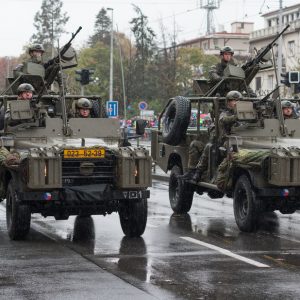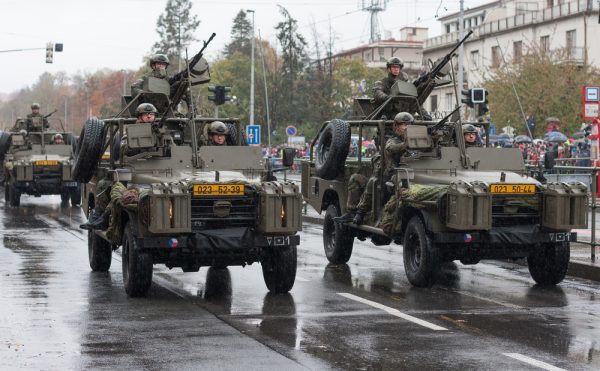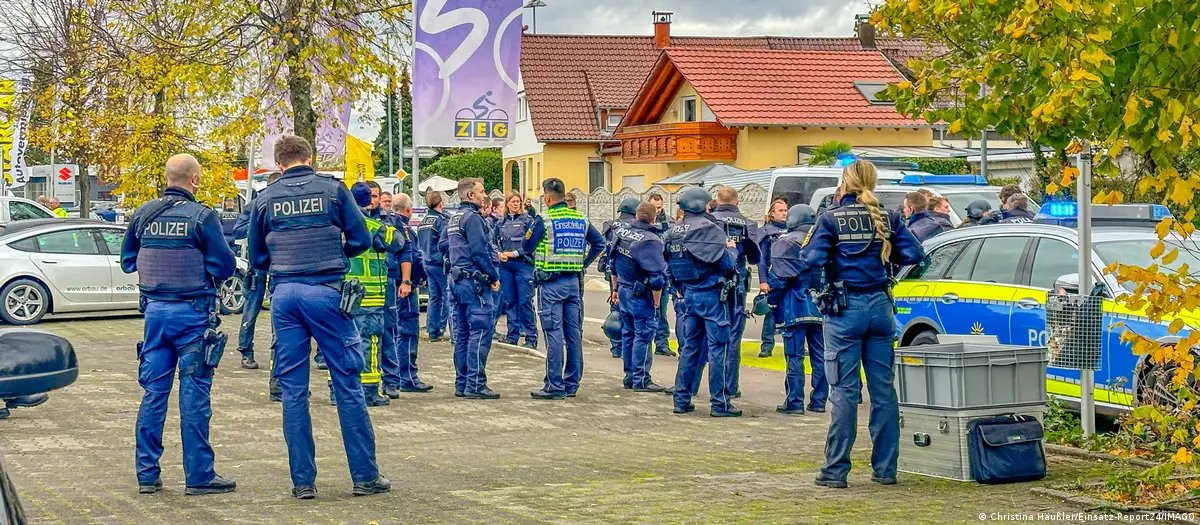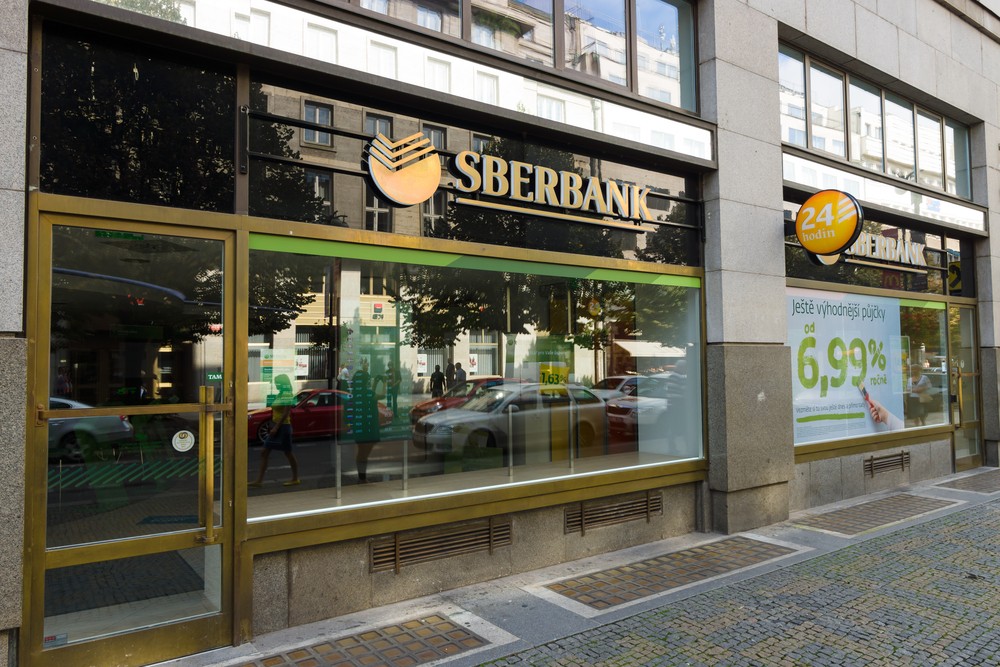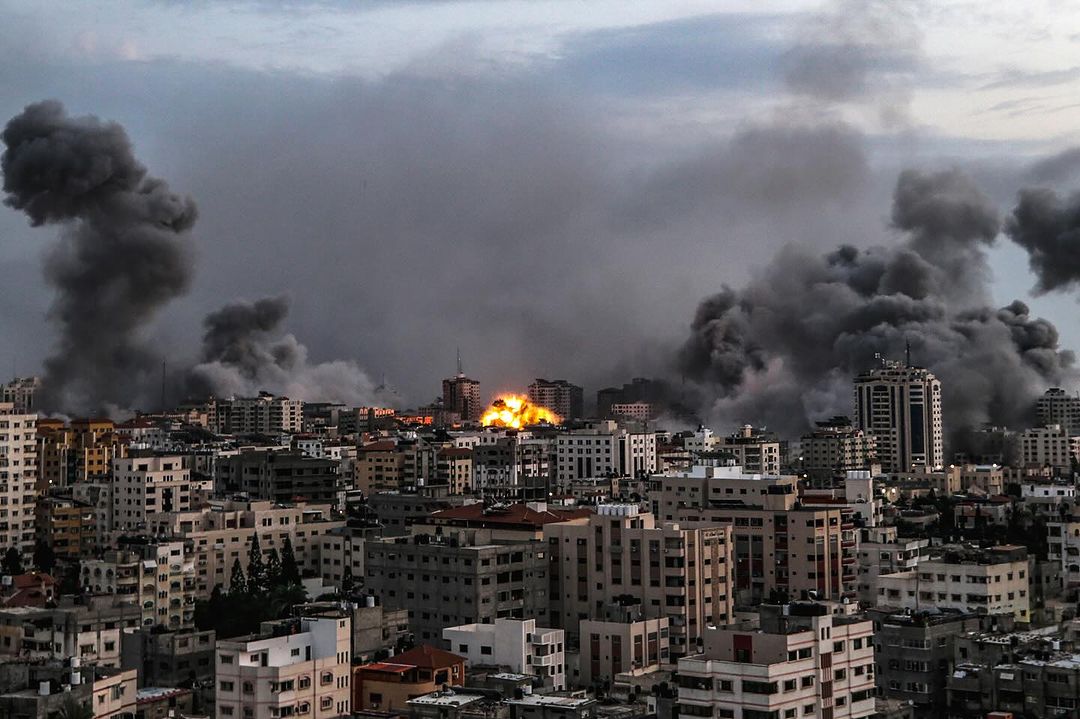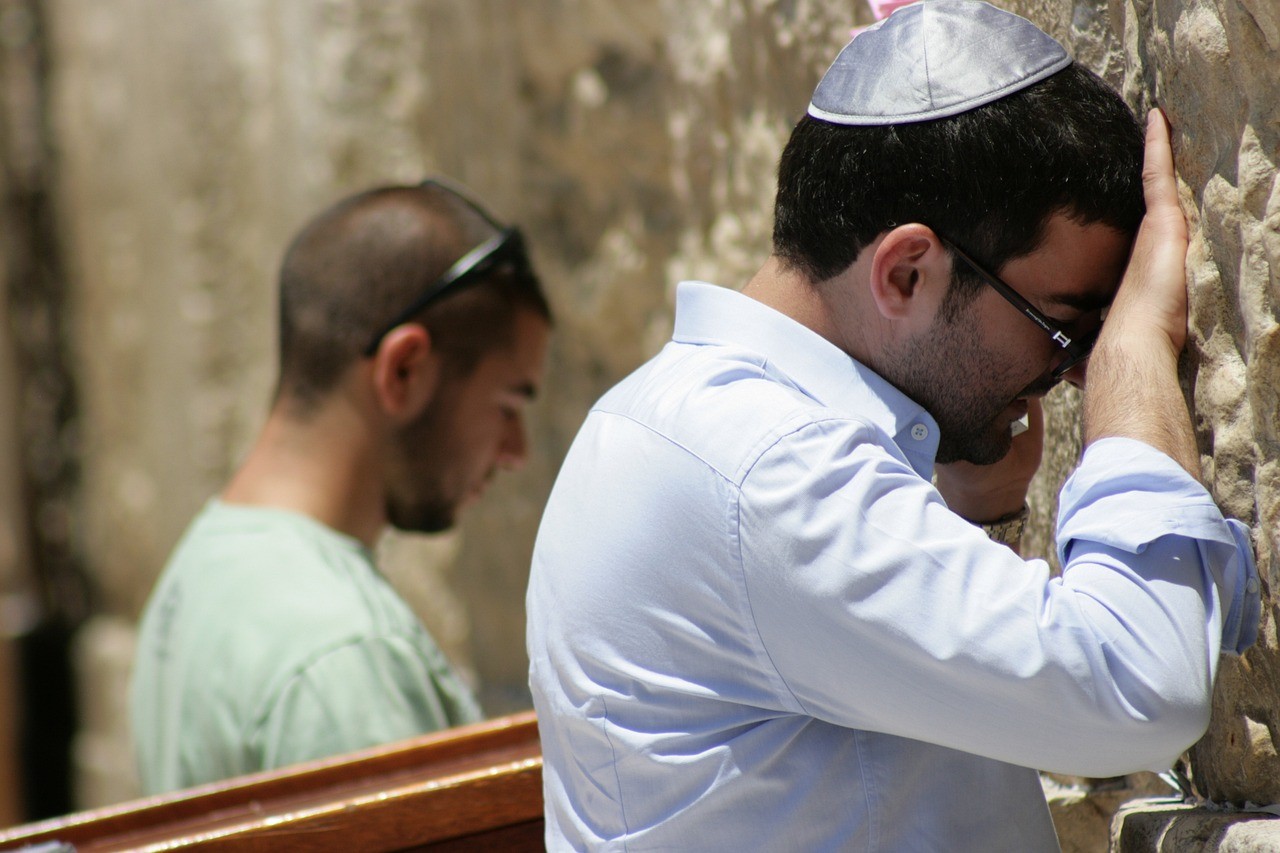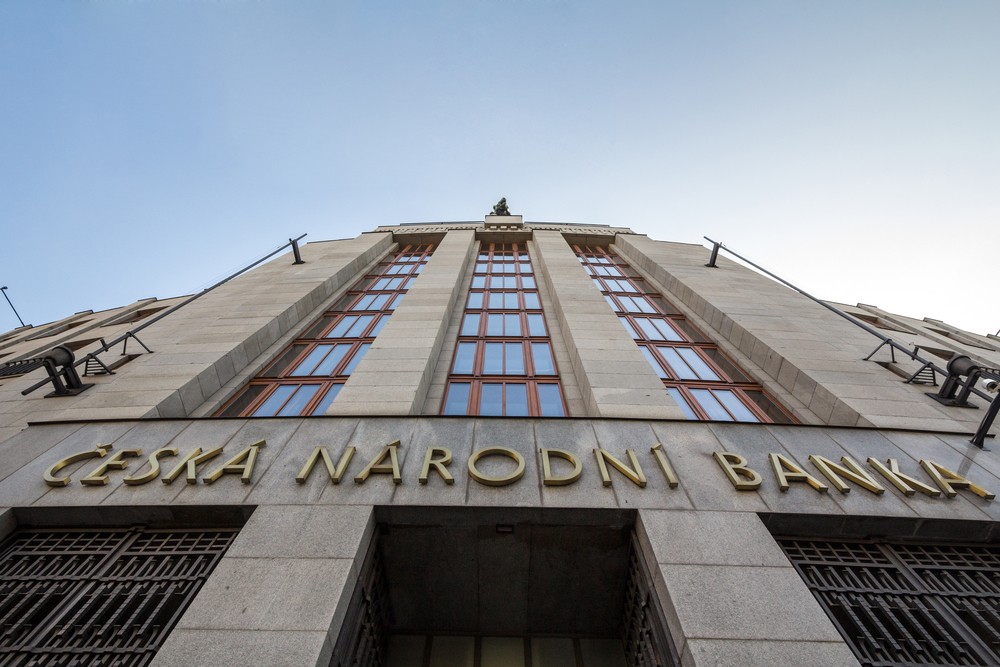Hodonin u Kunstatu, South Moravia, Aug 20 (CTK) – Some 200 people, including Czech Prime Minister Bohuslav Sobotka, commemorated the Roma Holocaust at the memorial in Hodonin u Kunstatu, built at the site of a former Nazi interment camp for Roma people, on Sunday.
In August, 74 years have passed since Roma families were transported from this camp to the Auschwitz (Oswieczim) extermination camp where most of them died, said Jana Horvathova, director of the Roma Culture Museum that organised Sunday’s meeting.
Sobotka (Social Democrats, CSSD) said any memorial to the Holocaust victims was a memorial against hatred.
Historian Dusan Slacka reminded of the history of the wartime camp for the Romas in Hodonin u Kunstatu and the experience of its inmates. The Zalkov cemetery wheres the dead from the camp were buried is in a nearby forest, he added.
Sobotka gave a speech there.
He said the fate of the Moravian Roma people in Hodonin u Kunstatu was the worst crime.
“Their death was part of a plan and an attempt at controlled extermination in which the whole nations and ethnic groups were to be exterminated. Any memorial we will build to the Holocaust victims is a memorial against Nazism, hatred and intolerance,” Sobotka said.
The labour camp in Hodonin u Kunstatu and a similar facility in Lety, south Bohemia, turned into internment camps for Czech Roma people in August 1942.
The Hodonin camp had a capacity of 300 during WWII, but some 1200 people lived there under very bad sanitary conditions. This is also why a typhoid epidemic burst out in the camp.
In the nigh of August 22, 1943, a total of 749 Roma people were transported from Hodonin to Auschwitz.
According to estimates, the Nazis murdered 90 percent of some 6,500 Czech Roma people, Slacka said.
A memorial for almost 100 million crowns was established at the site of the former wartime camp. Its construction took almost five years. At present, a display about the fates of the Roma people in the country is being prepared.
The memorial is to be opened to public next year.
It will be administered either by the Comenius National Pedagogical Museum and Library, which built the memorial, or the Museum of Roma Culture.


